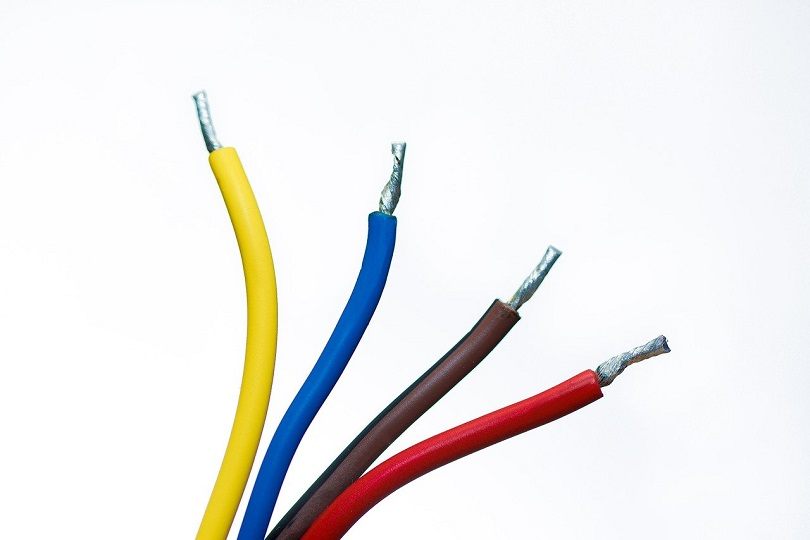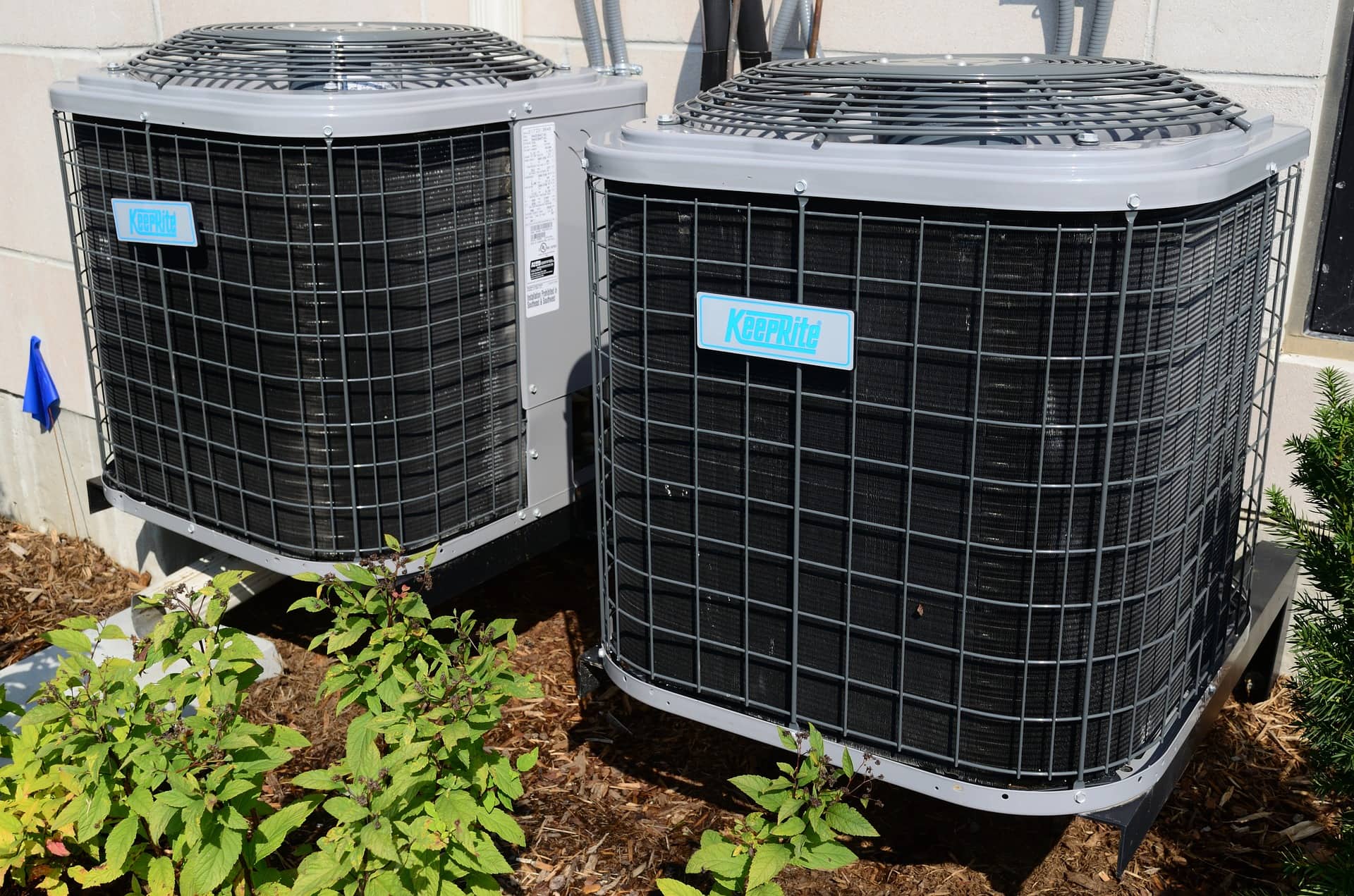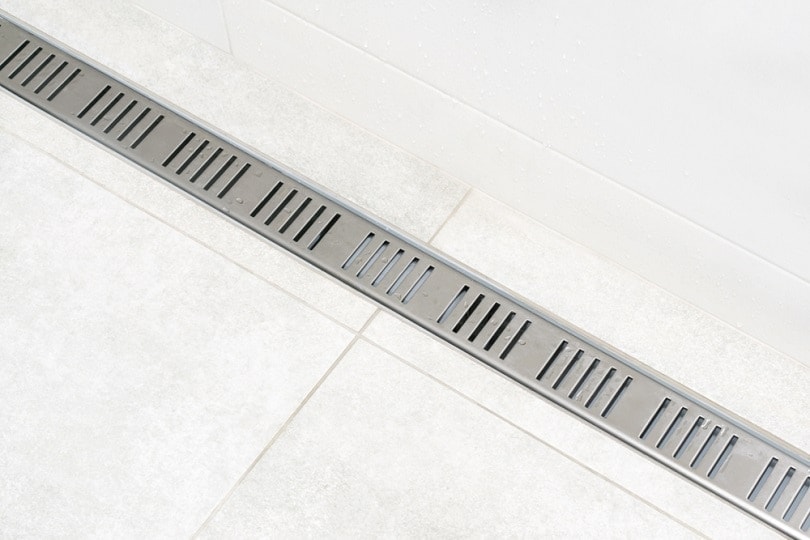Why Does My House Smell Like Fish? 8 Possible Reasons
-
Pete Ortiz
- Last updated:

Believe it or not, the all-too-famous fish odor isn’t always caused by dead rodents or spoiled food. In most cases, it’s the side effect of faulty wiring, a weak breaker box, or even condensate drain lines. Mold can also be the root of the problem. In any case, you need to be extra vigilant and solve the issue ASAP. So, to help protect your house from the stench (and a potential disaster), we made a list of the most common reasons for the fish smell.
We’ll start by looking at electricity-related problems like worn-out wires and slowly move to possible issues with your AC unit, air ducts, and more. Next, we’ll talk about spoiled food, how to dispose of it, and touch on a very relevant topic: COVID-19 and its impact on our sense of smell. Let’s get started!
Top 8 Reasons Why My House Smell Like Fish (With Solutions)
1. Damaged Insulation/Chemicals

One of the biggest issues with electricity is overheating, and it mostly happens to the distribution system (lighting fixtures and outlets) or kitchen appliances. The good news is—the requirements/standards for electrical components in the US are very strict. However, even if the “insides” of your kettle, air fryer, or, say, juice extractor are well-protected against overheating, the insulation can still get damaged over time.
The heat generated by overloaded wires or circuits is very strong and easily melts through the plastic, and burning plastic is known to emit what we call the “fish smell.” Furthermore, most electrical components are protected by heat-resistant chemicals as well, and they generate an even stronger burning odor.
Solution
So, how do you know which appliance or light fixture is causing all this trouble? There’s a nifty trick: if the smell lingers, that means you need to check an electrical item that’s on 24/7 (or, at least, during the day). If the odor comes and goes, it’s something that you only use for a couple of hours a day, like maybe your phone charger or nightlight.
Once you figure out which item is to blame, you’ll have to replace the insulation, and that should help get rid of the fishy smell in the house. The easiest way is to use heat shrink tubing. Simply cut the bad insulation out, slide the shrink around the wire and apply some heat. A heat gun is recommended, but a standard hairdryer will do just fine.
2. Burned Out/Loose Electrical Wires

Sometimes, when the electricity spike is too strong, it’s not only the insulation that melts but the wires as well. In that case, the odor can be a bit different (like something burning), but the consequences tend to be more severe. Loose wires are another common cause of the fishy whiff. When left untreated for a long time, they tend to start a fire, especially in older houses that don’t have any protection against power surges.
This is important; electronic distribution systems cause almost 30% of household fires in the US. And while in most cases, burned or loose wires are responsible for this, sometimes, it’s actually broken connections that cause a spike. We plug/unplug our appliances into outlets many times a day, and that can make the connections break. So, inspect them as well to ensure you’re not missing anything.
Solution
Just take a minute to walk around the house and check all the outlets and lights. If one of the wires isn’t properly connected, don’t plug it back in. Instead, carefully remove it and call an electrician. This problem isn’t easy to solve manually. On the other hand, if you’ve got a bad wire in an appliance, it can be fixed the same way we did the insulation issue. Turn off the device/tool and disconnect the wires.
Next, clip off the burned-out part of the wire from both sides. Finishing up, reconnect the “healthy” parts of the wire, put some heat shrink on them, and “seal the deal” with a dryer. Do you have a soldering tool in the garage? Great! It will do an even better job of securing the wire. Connections are very hard to repair with basic tools and require expertise.
3. A Weak Breaker Box

Essentially, a breaker box is a set of electrical panels that receive electricity (from the local electric company) and “feed” all the circuits in your house evenly. If you live in a newer house with a modernized breaker box, it will also have a circuit breaker. But what if it doesn’t? And what if the box is outdated and can’t handle the electrical load you’re putting on it?
Breaker boxes have different limits, and if you recently bought new appliances, chances are, the stress they’re putting on the box is too much. When the load is way beyond its rated capabilities, that can cause an electrical surge (and a strong fishy aroma due to burned insulation and wires). Overvoltage spikes are deadly to sensitive appliances and gadgets—keep that in mind.
Solution
Most breaker boxes are rated only to handle 100 amps. That’s enough for the average household, but if you have an advanced heating system, we recommend upgrading to at least 150 amps. In any case, call an electrician. They will inspect the box, and if it’s not completely fried, they will tell you whether you should replace it and what’s the best solution for your situation.
Don’t forget to ask for an EICR (the electrical installation condition report) so you can study it later when you’ve got the time.
4. Mold in the AC Unit

Light sources, outlets, and kitchen appliances are the most common cause of the fish smell. However, if you have mold in the AC, the issue might be bigger. Mold is one of the most resilient and enduring organisms and can survive in harsh conditions. Plus, it prospers in moist and dark environments, which makes AC units a perfect habitat.
And yes, mold does have a distinctive smell that often resembles that of fish. Is this fungus dangerous to humans, though? Some people are sensitive to mold and, when exposed, complain about a stuffy nose and itchy eyes. Others don’t experience any negative side effects. In any event, you shouldn’t leave mold around the house.
Solution
It would be best if you hire a professional to handle this. The HVAC specialist will inspect the vents and find where the mold is growing. They will have all the necessary tools for a thorough cleaning. And to get rid of the smell for good, we recommend installing a dehumidifier system. These devices are engineered to control the humidity level and will eradicate any traces of mold. You can get one for as cheap as $20.
5. A Faulty Condensate Drain Line

Removing excess moisture from a building: that’s the #1 job of a condensate drain. If you live in a newer house, we bet the HVAC drain lines are connected to the waterline, sink, and freezer. Water heaters and tubs are also “regular suspects.” So, whenever a drain line fails, your home smells like fish. That’s because the drain tube connected to the A/C is damp during hot days.
As we just learned, that’s an ideal place for mold to grow. Clogging is another common issue. It traps water, forcing it to go back into the drain pan, and when it’s cold outside, it will freeze and turn to ice. Or, if it’s summertime, the water will stay there for weeks and generate an unbearable odor. This is a result of bacterial activity that grows in warm water.
Solution
Just like with AC units taken over by mold, you have the option of inviting a specialist over. They’ll remove all the mildew, bacteria, and debris. But first, they’ll determine where the smell is coming from, which can be difficult for a regular person. If you’re on a tight budget, you could try to get rid of the smelly water and clog using vinegar.
Pouring a ¼ cup of this solution should do the trick. It’s very effective at killing mold and other forms of bacteria. Start by turning off your AC (or any other system that needs cleaning). Next, find the drain line. From the outside, you’ll see it going into the house. Now, do you see a cap? Remove it, pour the vinegar in, and give it half an hour to do its job. That’s pretty much it!
6. A Dead Mouse/Rat in the Air Ducts

Dead animals mostly smell like rotten eggs (another nasty odor), and the smell is too strong to ignore. However, sometimes, you might get that distinctive fish odor if there’s a dead mouse or rat stuck in the air ducts. This mostly happens in large offices with complex duct systems but can also be an issue for an apartment or a house.
Solution
Removing a dead animal from an air duct shouldn’t be hard. All you’ll have to do is open the barrier, reach in (don’t forget to put on a pair of disposable gloves), grab the body, and put it in a plastic bag. Put the gloves in that same bag and throw it away. If the rat/mouse dies far from the HVAC vents, you’ll have to put some more effort into it, like using a wire hanger to reach the carcass. Spread some disinfectant, and you’re done.
7. Spoiled Food

Rotten food tends to have a sweet smell that makes you nauseous. It can have a fishy whiff as well, depending on the food and how long it’s been in the spoiling stage. This is largely dictated by the composition, such as chemical compounds like acids, alkylamines, and aldehydes. If your food is rich in these components, you’ll start smelling fish soon.
Most food starts to spoil when the room temperature exceeds the 40º F mark. Do you have some leftovers in the fridge? Get rid of them if they’ve been there for more than a week. Produce usually lasts longer, while, say, dairy products go bad much sooner.
Solution
To get rid of the smell, put the spoiled food in the trash can and throw it away. The proper way to do this is to place the food in a black garbage bag and ensure it’s closed.
8. COVID-Related Smell Disorder

Last but not least, we highly encourage you to pass a coronavirus test (even if you’ve done it already) to ensure you’re not carrying the disease. Scientists have already mentioned this highly unusual side effect of COVID that makes people smell things that aren’t there. In most cases, patients have reported a distinctive fish odor, including folks that managed to beat the virus and regain their sense of smell.
The odor can be pretty strong and makes some people want to throw up. So, what are you supposed to do in this situation? Mainly, nausea is caused by certain foods and drinks. The worst part about it—the triggers aren’t always the same for everyone.
Solution
This condition is called parosmia, and, unfortunately, there are no magic cures for this. Again, try getting rid of things that cause it. According to a recent study by the University of Reading, coffee and chocolate should definitely be avoided. This might be due to the compounds (mainly nitrogen) found in these products. Seafood is generally a “safe area,” along with cinnamon.
You could try adding cinnamon to your coffee to block the bad smell. Steamed, boiled, and raw vegetables are described as tolerable as well. You can also join support groups in your area (both offline and online) for patients with similar symptoms. These have proven to be helpful.
Conclusion
As far as the worst odors go, the fishy aroma has to be in the top five. And, despite our best efforts to avoid it, we do (unfortunately) experience it at least once or twice in our lives. Sometimes, it just goes away on its own. However, you shouldn’t take this “funky” problem lightly because, as we learned today, it rarely has anything to do with fish or any other type of food.
Faulty electrical wires, cords, and circuits are essentially a bomb ready to go off at any minute. Please, treat this issue with all seriousness to protect your loved ones and neighbors. some electricians charge quite a lot for their services, but this will be money well spent. Take care, stay safe, and enjoy your new, odorless home!
Related Reads:
- Why Does My House Smell Like Sewer: 9 Possible Reasons
- How to Get Rid of Smelly Drains in Your Bathroom (4 Easy Steps)
- How to Get Rid of Old House Smell – 12 Easy Methods
- HOW TO MAKE YOUR HOME SMELL AMAZING (10 EASY METHODS)
Featured Image Credit: Endho, Pixabay
Contents



